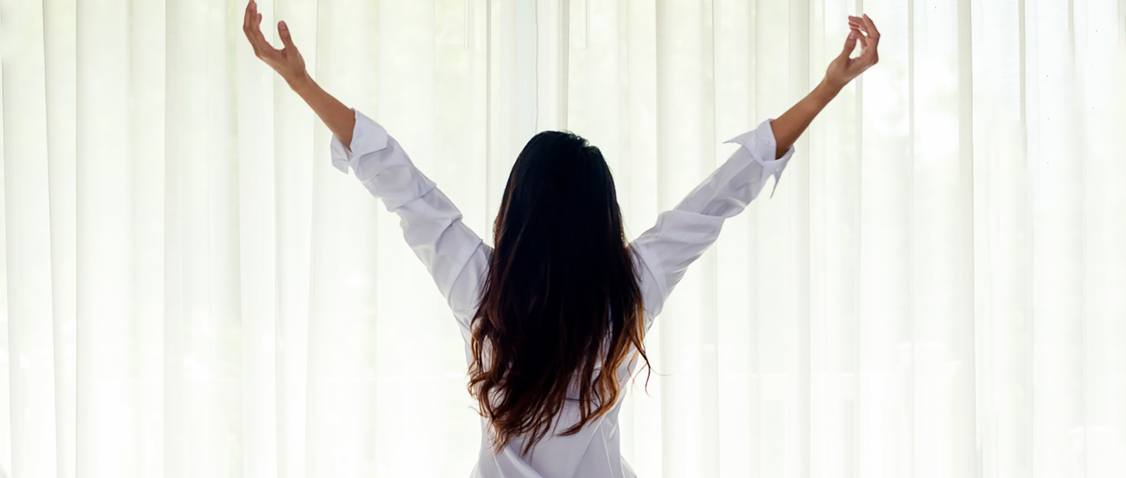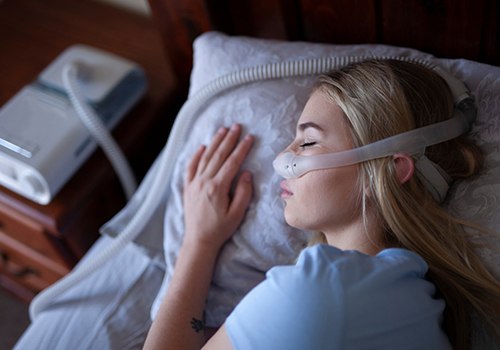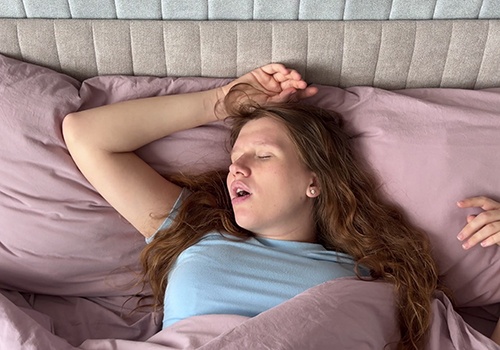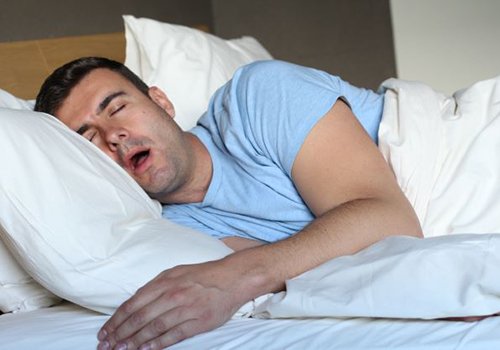What Is Combined Therapy?
Combined therapy, which is also known as combined sleep apnea therapy, involves two treatments working together. A patient may use their CPAP machine with a nasal mask in order to prevent airway obstructions. Pressurized air from the machine can keep tissues from collapsing so the person can breathe easily. Meanwhile, an oral appliance is holding their lower jaw in a slightly forward position. This further opens up the airway so the individual can enjoy truly uninterrupted, high-quality rest.
The Risk Factors of Sleep Apnea
According to the National Council of Aging (NCOA), it is estimated that approximately 39 million Americans have sleep apnea. Sleep apnea can affect anyone, but there are certain lifestyle choices and genetic factors that can play a role in your risk of developing this sleep disorder. Continue reading to learn about the most common ones so you can be aware.
Learn More About The Risk Factors of Sleep Apnea
Who Can Benefit from Combined Sleep Apnea Therapy?
Combined sleep apnea therapy is prescribed on a case-by-case basis. When you visit us to consult with our team of sleep experts, we will learn the details of your situation before we recommend any specific treatment regimen. Often, combined therapy is a good fit for:
- People who are suffering from moderate to severe obstructive sleep apnea (mild cases can usually find relief with just an oral appliance).
- Patients who dislike the air pressure from their CPAP machine.
- Individuals who continue to experience OSA symptoms, even after undergoing corrective surgery.
- People who experience both obstructive sleep apnea and bruxism (teeth grinding and clenching during sleep).
The Benefits of Combined Therapy
Here are some noteworthy benefits of combined sleep apnea therapy:
- Greater comfort. A common complaint about CPAP machines is that they can be uncomfortable. Combined therapy can supplement a CPAP machine so it can be used on a lower setting without compromising its effectiveness. You will only have to wear a nasal mask (as opposed to a full mask), and you will be able to reduce the setting on your CPAP. Many patients have commented that combined therapy has significantly decreased their discomfort! Plus, reduced noise from a CPAP machine can make it easier to fall asleep.
- Improved compliance. Do you sometimes skip using your CPAP machine because you dislike the way it feels? Combined therapy may make you more likely to use your treatment every night so you can experience the many health benefits of high-quality sleep.
- Heightened effectiveness. A study conducted by the American Board of Dental Sleep Medicine found that combined therapy was more effective at preventing pauses in breathing than CPAP therapy on its own.
- A CPAP machine can be challenging to take with you when you travel. If you have an oral appliance and are going on a short trip, you might be able to leave your CPAP behind for a few days and still be able to get the sleep you need in order to fully enjoy your getaway.





